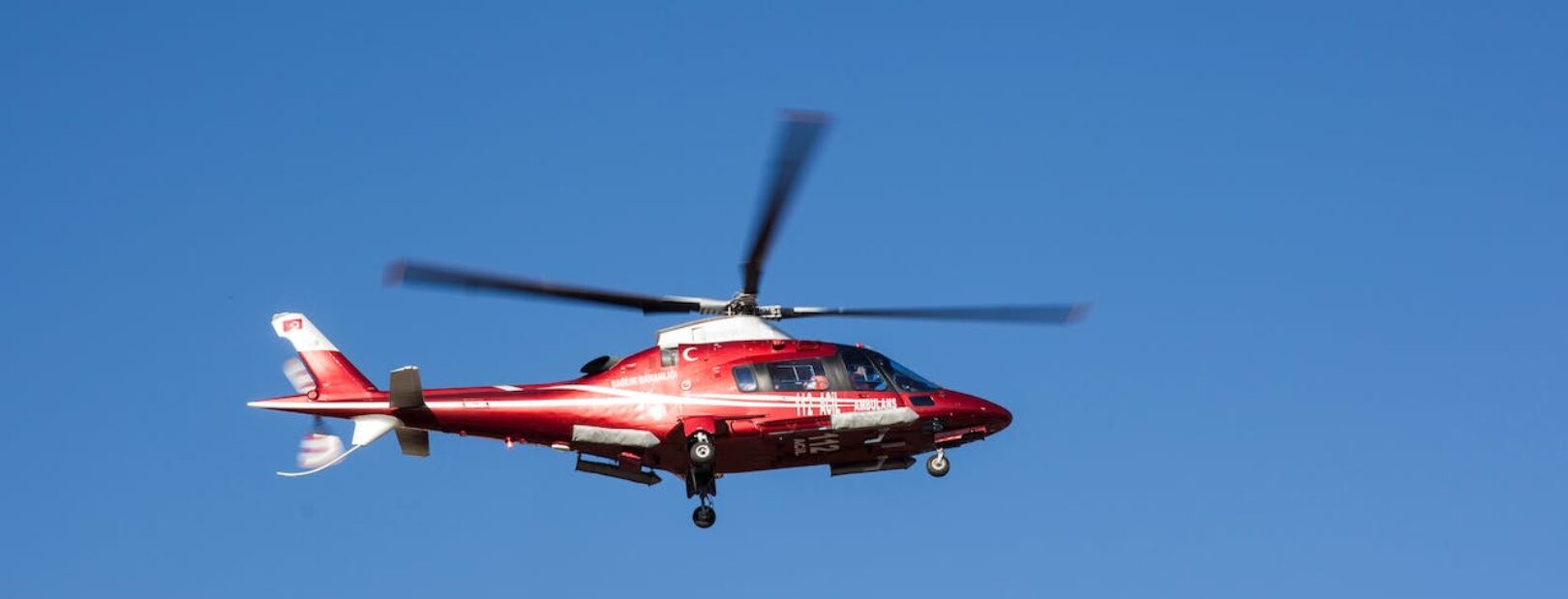In the realm of emergency response, helicopters have emerged as indispensable assets, revolutionizing the ability to swiftly and effectively address critical situations. Their unparalleled versatility, agility, and capability to access remote and challenging terrains make them pivotal in enhancing emergency response capabilities.
Swift Mobilization
Helicopters redefine the meaning of rapid response. During emergencies such as natural disasters, medical crises, or search and rescue operations, these flying machines offer a critical edge by swiftly mobilizing teams and resources to affected areas.
Access to Inaccessible Areas
One of the most significant advantages of helicopters in emergency response is their ability to reach remote and otherwise inaccessible locations. When traditional ground vehicles are hindered by terrain or infrastructure limitations, helicopters soar above, reaching affected areas and delivering vital aid and support.
Search and Rescue Operations
In scenarios where time is of the essence, such as search and rescue missions, helicopters play an instrumental role. Equipped with advanced technology and manned by highly skilled crews, they expedite the search process and facilitate efficient rescue operations, potentially saving lives in critical situations.
Medical Evacuation Capabilities
Helicopters serve as airborne ambulances, offering rapid medical evacuation services. During medical emergencies, their ability to swiftly transport patients from accident sites or remote areas to advanced medical facilities significantly improves the chances of positive outcomes for those in critical conditions.
Firefighting and Disaster Response
In combating wildfires and addressing other calamities, helicopters equipped with water buckets or fire suppression systems provide aerial support to ground teams. Their agility in maneuvering and precise water or chemical drops assist in containing and controlling such emergencies effectively.
Role in Community Safety
Beyond their immediate response capabilities, helicopters contribute to enhancing community safety. Emergency helicopter services often engage in public safety initiatives, offering support in training programs, conducting aerial surveys to assess risks, and participating in disaster preparedness drills.
Constant Innovation and Adaptability
The evolution of helicopter technology continues to enhance their role in emergency response. Advancements in equipment,
safety features, and operational methodologies ensure that helicopters remain at the forefront of efficient emergency response.
Training and Expertise
The effectiveness of helicopters in emergency response is amplified by the expertise of their crews. Pilots, medical teams, and rescue specialists undergo rigorous training, enabling them to navigate challenging situations and execute complex operations with precision.
Conclusion: Aerial Vanguard of Emergency Response
In conclusion, helicopters are the aerial vanguard in enhancing emergency response capabilities. Their versatility, swiftness, and ability to access remote areas make them indispensable assets in addressing crises swiftly and effectively.
Windsurf Transportation and similar emergency helicopter services exemplify the commitment to elevating emergency response capabilities. Through their expertise, state-of-the-art technology, and unwavering dedication, these services play a pivotal role in ensuring a rapid and efficient response during critical situations.
Helicopters not only redefine the paradigm of emergency response but also stand as symbols of hope, swift action, and resilience in the face of adversity. As they continue to evolve and innovate, their significance in bolstering community safety and ensuring a timely response to emergencies remains unparalleled.


